The occupational pedagogy of FE teachers
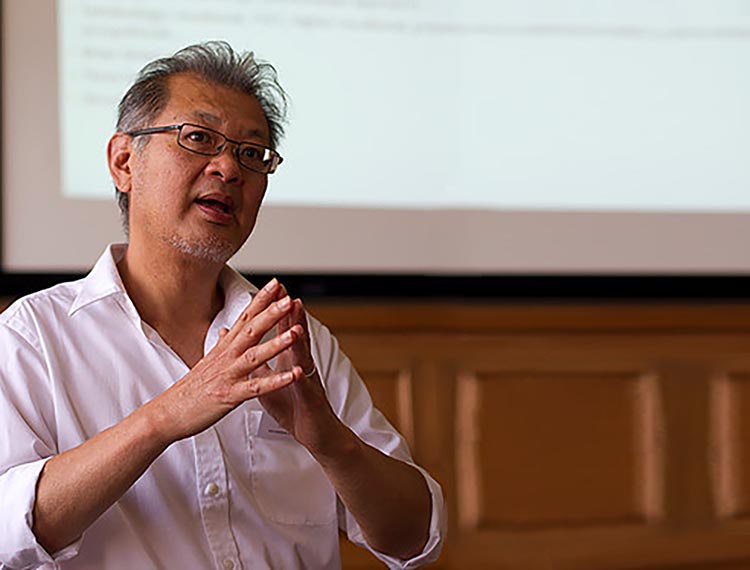
Vocational Pedagogy #1
Despite Brian Simon’s question that he posed in 1981, ‘Why no pedagogy in England?’ this question had not been adequately addressed regarding vocational pedagogy.
So this series of three articles seeks to address vocational pedagogy (Loo, 2018) regarding conceptual framework and application to teaching.
This first article offers a unique theoretical framework to understand how vocational lecturers in the FE sector apply their know-how to teach on these work-related programmes[1].
I prefer the term ‘occupational pedagogy’ and not vocational pedagogy as the latter term evokes the ‘English context’ of the academic and vocational and socio-cultural divisions, which are associated in England[2].
Technical and vocational education and training (TVET) is an internationally recognized term, which is preferable than vocational pedagogy.
A conceptual framework of occupational pedagogy
The framework (please see Figure 1) begins with the dual professional concept (i.e. vocational/occupational) that lecturers and trainers have experiences of as practitioners. The framework does not need to be linear.[3] This framework is based on empirical evidence and a survey of the relevant literature.
The teaching pathway (Fig. 1) starts with acquiring teaching knowledge, such as learning theories. The framework uses Bernstein’s recontextualisation to understand how knowledge is selected, modified and relocated for different use. So, a gas servicing lecturer may start with learners’ experiences/know-how on learning and scaffold to help them learn (i.e. social constructivism). The teacher uses this learning theory to help teach a specific aspect (e.g. gas laws of physics) of the curriculum to make it relevant to the broader programme (content recontextualisation).
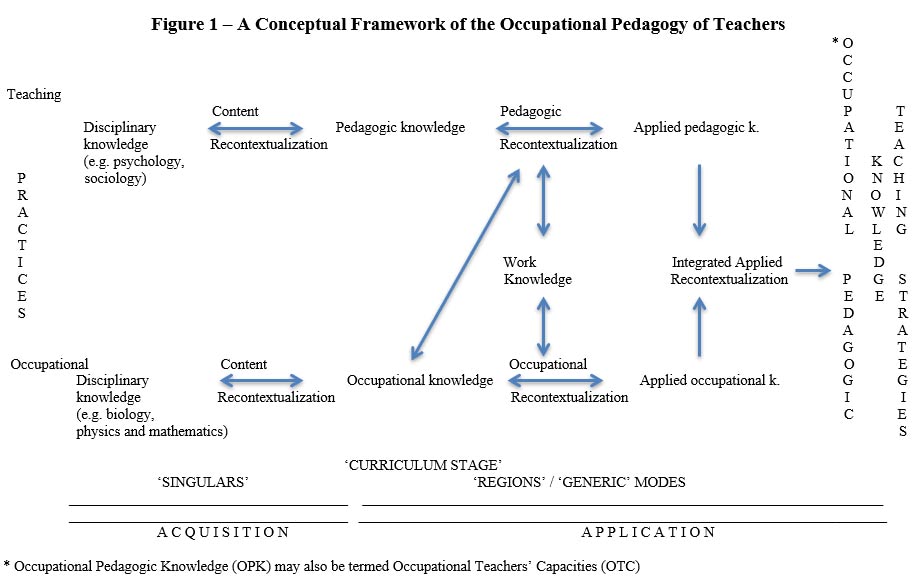
Next, the lecturer decides to translate this learning approach for the classroom. It involves another recontextualisation process – pedagogic recontextualisation – to adapt the course specifications to individual teaching sessions. This process includes the ‘work knowledge’ relating to the particular teaching institution with its systems and protocols, e.g. emphasis on using specific technologies and delivery styles. Also, the facilitator needs to know their learners and their needs and related teaching know-how. Taking all these into consideration – the specific knowledge relating to the course, work knowledge and learners’ needs – the teacher devises an appropriate lesson plan.
Turning to the occupational pathway (Fig. 1), as a gas servicing practitioner, s/he needs to acquire theories relating to the area, such as the gas laws of physics. This aspect of the curriculum needs to be made relevant to the occupational area (content recontextualisation).
[For those readers wanting to know the essential difference between occupational and academic teaching, here is the difference: Teachers of an academic subject (e.g. physics) will need to use the knowledge of physics to embed into the curriculum (and for a vocational subject like gas fitting). However, the physics lecturer does not have the work-related experiences, unlike a gas fitting lecturer.]
So for the gas fitting teacher, the next stage – occupational recontextualisation – is essential, which relates to occupational experiences. This process is applied in practice using learnt experiences (e.g. on-the-job) along with the work organisation’s systems and ways of doing things, and industry regulation, etc.
Finally, the deliverer integrates the two pathways of teaching and occupational practices using the integrated applied recontextualisation process (Fig. 1) to decide the best possible teaching strategy for delivering a particular part of the curriculum.
Summary
This distinct framework draws on a broad definition of ‘know-how’ to include disciplinary/theoretical knowledge, pedagogic and occupational experiences, abilities and skill sets. The know-how can be applied individually or collaboratively. So, how can you implement the findings? This framework allows deliverers to choose the relevant teaching approaches to a specific vocational lesson based upon an understanding of the sources, types and applications of teaching and occupational know-how. It offers definitions of teaching knowledge and occupational/vocational pedagogy for inclusion in TVET and teacher education curricula. It also suggests areas that teachers and trainers can investigate for professional development.
These empirical findings allow teachers and trainers academic credibility to include their teaching and occupational experiences in carrying out their complex pedagogic activities. It is by understanding what vocational pedagogy means that practitioners, teacher educators and other stakeholders can move forward to develop as deliverers and trainers professionally (in the teaching and occupational knowledge) including vocational curricula and to establish appropriate institutional support structures.
In the next article, I will focus on the lecturers’ delivery of TVET programmes.
Dr Sai Loo, UCL Institute of Education, University College London
Sai Loo (PhD, MA, BSc, FHEA, ACA, FETC) has taught in FE and worked in industry as a Chartered Accountant. Sai has published over 120 articles, conference papers and keynotes (84 per cent are single-authored) including six research monographs with Routledge. His research area is ‘occupational education’ across teaching, learning and work settings from pre-university to professional education.
References:
Loo S (2018) Teachers and Teaching in Vocational and Professional Education. Abingdon: Routledge.
[1] This article is based on the earlier version, ‘Working through a strategy 1 for vocational teaching’ which is published in inTUITIONRESEARCH, Issue 3 Spring 2018, p. 12.
[2] Please refer to Chapter 1 of Teachers and Teaching in Vocational and Professional Education (Loo, 2018) for a detail explanation of the choice of ‘occupational pedagogy’.
[3] For a detail delineation of this framework, please refer to Chapters 2 – 4 of the research monograph, Teachers and Teaching in Vocational and Professional Education (Loo, 2018).







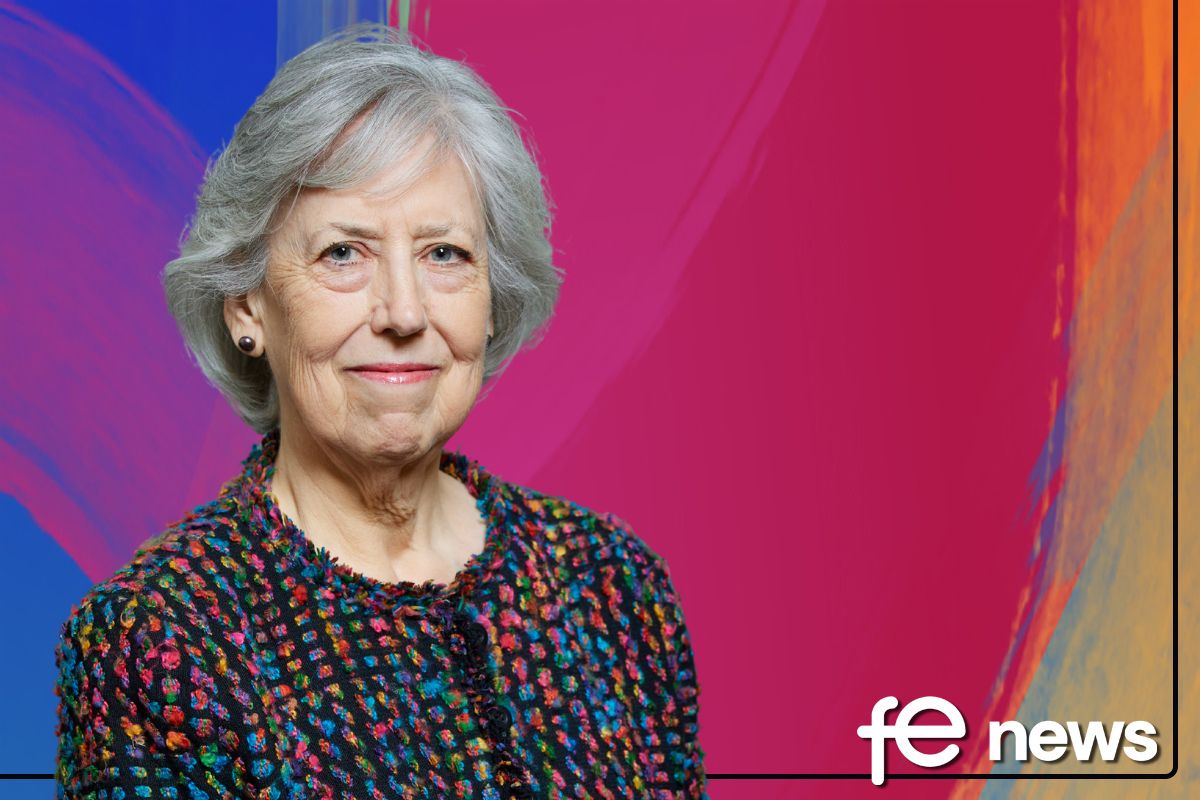
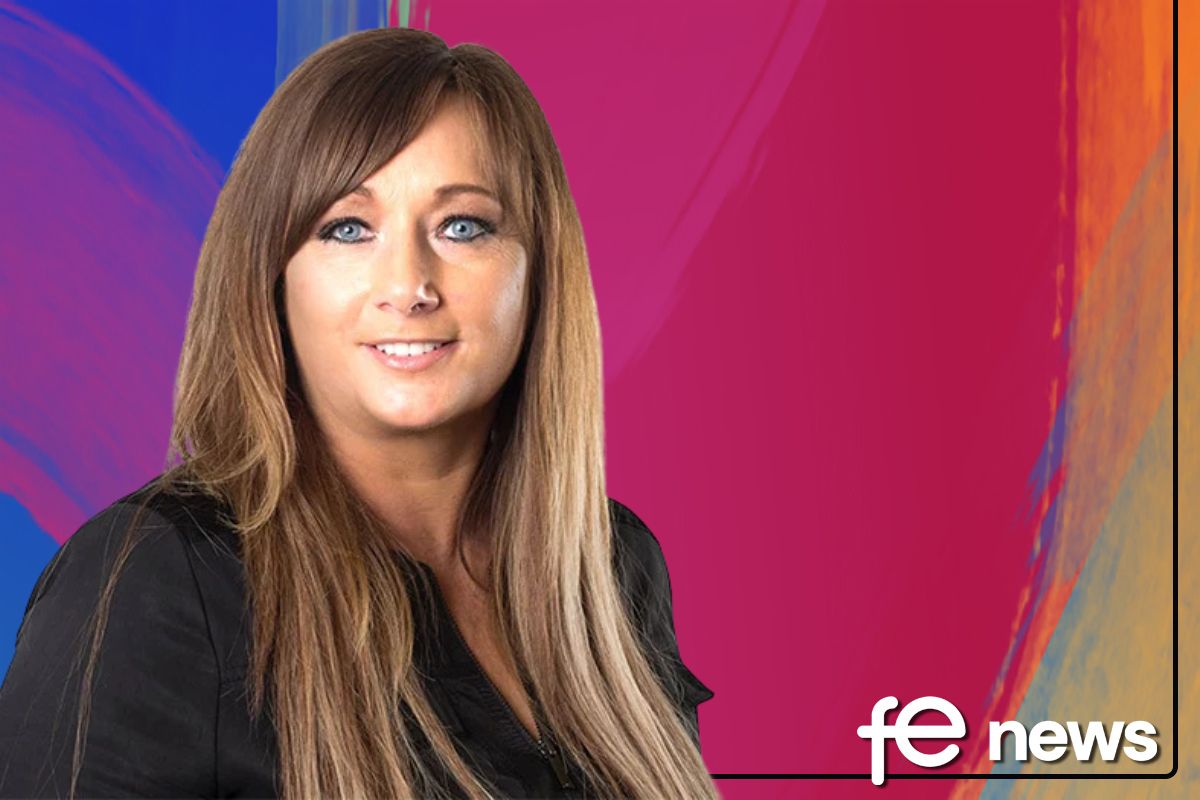

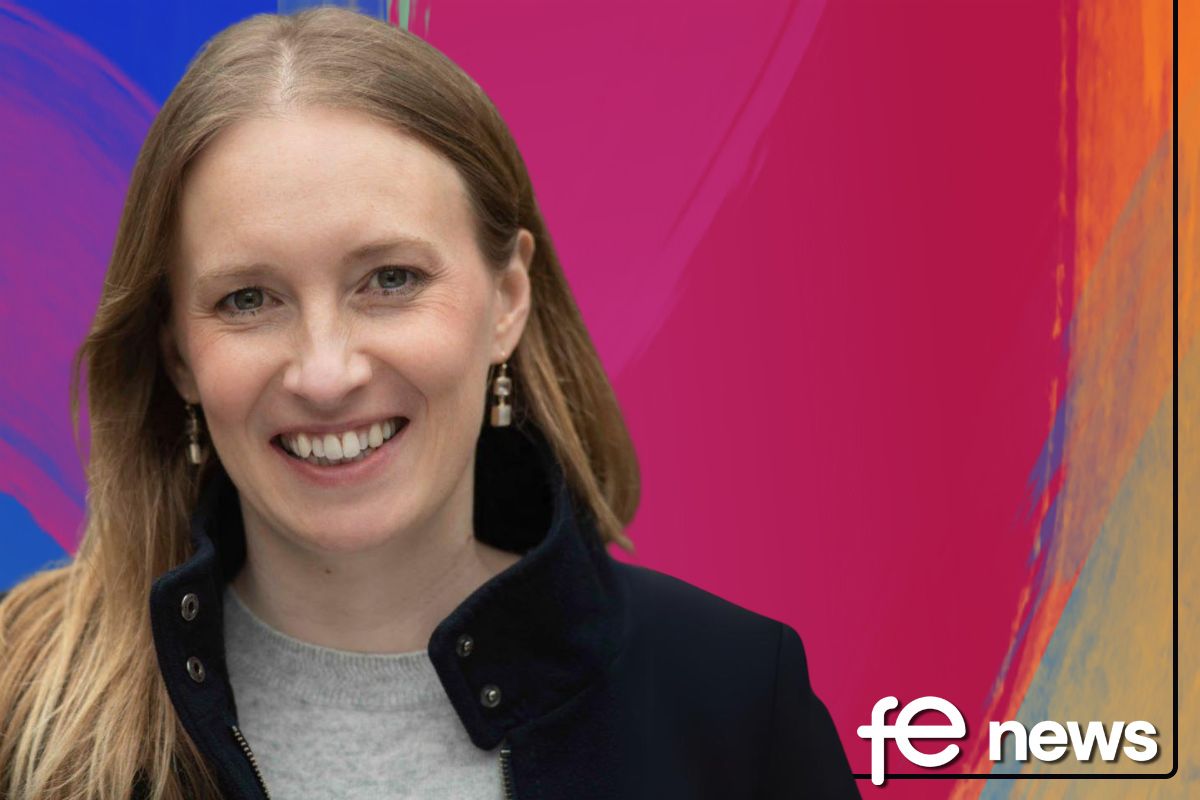
Responses